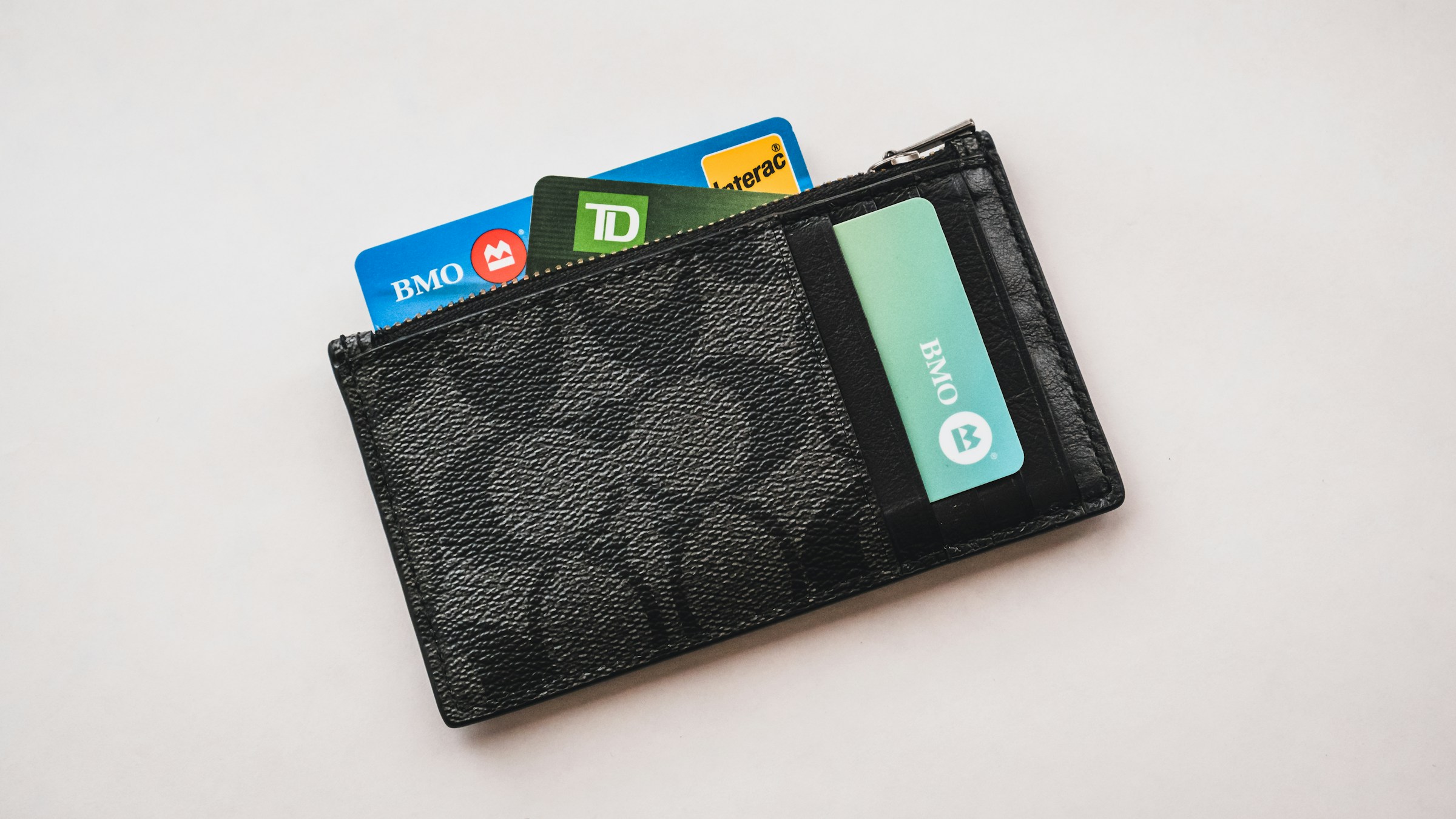Are you grappling with escalating mortgage costs? Are you enchanted by the idea of generating an additional income stream while staying at your residence? The Rent a Room scheme in the UK may be your answer. This initiative was designed to stimulate the provision of affordable rental accommodation, while offering homeowners a tax-efficient way to supplement their income.
1. Understanding the Rent a Room Scheme
The Rent a Room scheme is a UK Government initiative aimed at encouraging homeowners to rent out furnished rooms in their house. It allows landlords to earn up to £7,500 of tax-free rental income each year. This tax break is automatically factored into your tax code, but you can also opt for it to be reflected in your self-assessment tax return if you prefer.
A voir aussi : Is it more beneficial to overpay a mortgage or invest in home improvements in the UK real estate market?
This scheme can be a boon for homeowners struggling with their mortgage payments. Renting out a spare room not only provides a dependable source of additional income but also provides significant tax relief.
2. Eligibility for the Rent a Room Scheme
To qualify for the Rent a Room scheme, there are a number of criteria you must meet. First, the room you rent out must be furnished and part of your main home. If you’re letting a whole floor of a house or a separate flat, this scheme will not apply.
Lire également : What steps should UK expats take to secure a mortgage for an investment property back home?
You also need to live in the property for at least part of the year. The scheme doesn’t apply if the house is a second home or a rental property. The scheme does not confine you to long-term rentals only; short term rentals, such as through Airbnb, are also included.
There are no restrictions on the kind of lodger you can have. They could be a long-term tenant, a Monday-to-Friday lodger, a short-term guest such as a holidaymaker or a student during term time.
3. How the Rent a Room Scheme Works
The Rent a Room scheme is straightforward. You will not pay income tax on the first £7,500 you earn from renting out your room each year. This is the total income you receive, before expenses.
If your rental income exceeds the £7,500 threshold, you have two choices:
- Method One: Pay tax on your actual profit from renting out the room – that is, your total rental income minus any allowable expenses and capital allowances. You must then take off your tax relief to figure out your taxable profit.
- Method Two: Pay tax on the gross (before tax) income above the £7,500 threshold, with no deduction for expenses or capital allowances.
You can switch between these two methods from year to year, depending on your income and expenses.
4. Advantages and Disadvantages of the Rent a Room Scheme
The major advantage of the Rent a Room scheme is the ability to earn income tax-free. This income can be put towards your mortgage payments, significantly easing your financial burden.
In addition, you are not limited to long-term rentals, providing you with the flexibility to rent out your room as short-term accommodation if you wish.
However, there are some potential pitfalls to be aware of. If you decide to use this scheme and rent out a room, it could impact your eligibility for certain benefits. Additionally, if your total income from renting the room exceeds the £7,500 threshold, you will have to complete a tax return.
5. Claiming Expenses Under the Rent a Room Scheme
While the Rent a Room scheme provides a tax-free income up to £7,500 per year, it does limit your ability to claim expenses related to the rental. You can’t offset your income with expenses such as mortgage interest, utility bills, or repairs and maintenance.
However, if your rental income exceeds the £7,500 Rent a Room limit, and you choose to pay tax on your rental profit, you can then deduct allowable expenses. You will need to keep meticulous records of all income and expenses, as you will need these for your tax return.
In conclusion, the Rent a Room scheme can be a viable way to offset mortgage costs for homeowners in the UK. It offers a substantial tax-free income, but it’s essential to understand the mechanisms of the scheme, eligibility criteria and potential pitfalls before deciding to become a landlord.
6. Keep an Eye on Capital Gains Tax
Capital gains tax is a tax on the profit when you sell or dispose of an asset that has increased in value. This also applies to a property that you may have let out under the Rent a Room scheme. This is especially important to remember if you plan on selling your property in the future.
The Rent a Room scheme can have implications for capital gains tax. Specifically, the scheme may restrict the private residence relief you can claim when you sell your home. Private residence relief is a type of tax relief that reduces the capital gains tax you pay when selling your home. The Rent a Room scheme might mean that a portion of the gain on the sale of your home is taxable.
If you are a basic rate taxpayer, capital gains tax on property is charged at 18%. If you are a higher or additional rate taxpayer, the rate increases to 28%. However, everyone has an annual tax-free allowance, known as the annual exempt amount. For the 2024 tax year, this amount is £12,300.
Remember, if you rent out part of your home, it doesn’t automatically make your home a business property. The part of the home you live in can still qualify as your private residence for tax purposes.
7. Conclusion: Is the Rent a Room Scheme Right for You?
Deciding whether the Rent a Room scheme is right for you requires careful consideration. It can certainly be an effective tool for offsetting mortgage costs and generating tax-free income up to £7,500 per year. It also allows for flexibility, with no restrictions on the type of lodger you can have or the rental duration.
However, you should be aware of the potential impact on your eligibility for certain benefits. Also, if your rental income surpasses the Rent a Room limit, you’ll be required to complete a tax return.
Furthermore, consideration should be given to the implications for capital gains tax if you plan to sell your home in the future. The scheme might restrict the private residence relief you can claim, potentially leading to a larger tax bill when you sell your home.
Ultimately, the Rent a Room scheme can be a beneficial way to supplement your income and help meet mortgage payments, provided you fully understand the financial implications, and are prepared for the responsibilities of becoming a landlord. As with any financial decision, it’s advisable to seek expert advice tailored to your specific circumstances.











